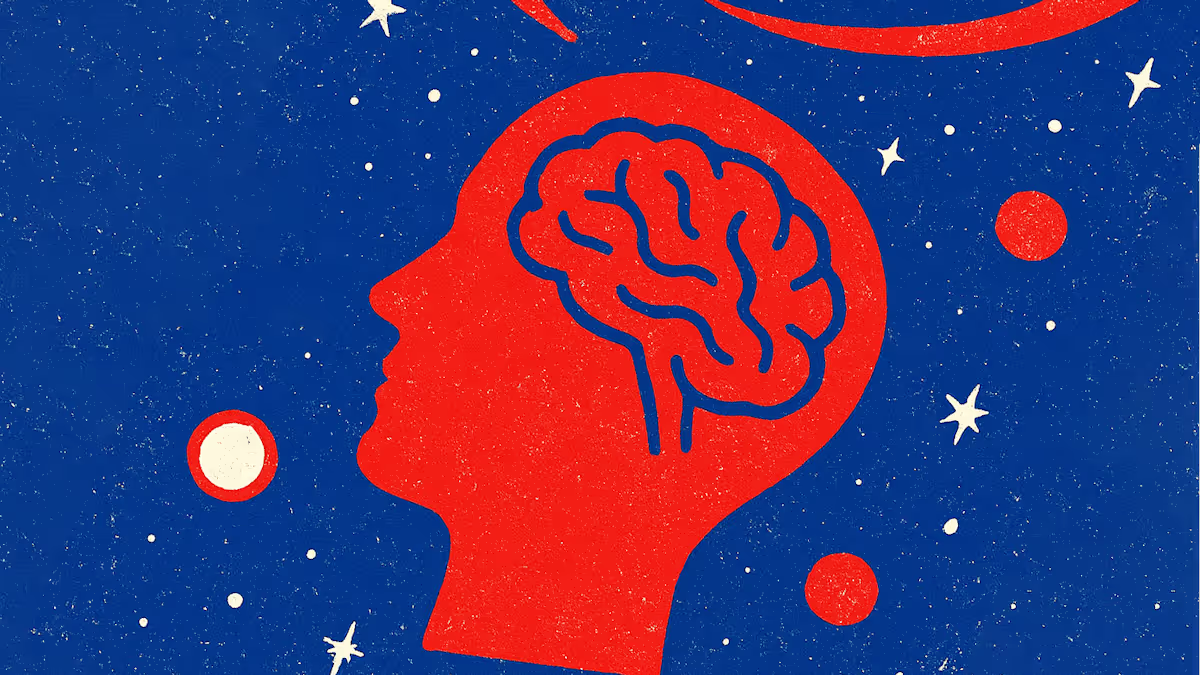The Shape of Stories in a Machine’s Mind
Storytelling is one of the oldest human crafts, woven deeply into how we understand ourselves and the world. It’s an art form built on empathy, causality, pattern, and rhythm. Now, with the rise of large language models (LLMs) like GPT, we are faced with an intriguing development: machines capable of telling stories.
But what does it mean when a machine tells a story? Can a language model “dream,” in the same way a human storyteller does?
What It Means to Tell a Story
To understand what’s changing, we first need to consider what storytelling involves. On the surface, a story is a sequence of events. But in practice, it is more: a shaped narrative, an emotional arc, a resonant theme. It reflects a perspective—sometimes deliberate, sometimes subconscious.
When language models generate a story, they do so by predicting what words are statistically likely to follow one another based on vast datasets of human writing. They lack intentionality, yet they can produce startlingly coherent, often beautiful narratives.
So where does the creativity lie? Is it in the model, or in the interaction between model and user?
Language Models as Collaborative Tools
Perhaps the most fascinating role of AI in storytelling isn’t as an autonomous author, but as a co-writer or mirror. Writers use language models to overcome blocks, experiment with voices, explore new genres, or iterate quickly on plot ideas.
In this sense, the model becomes a reflective surface. It offers up a kaleidoscope of possibilities—a swirl of character arcs, tone shifts, poetic turns—based on what it has absorbed. The human writer selects, shapes, or resists what the model produces.
"The machine doesn't dream—but it can help you map the landscape of your own dreams."
This collaboration introduces a new way of writing, where idea generation becomes less linear and more dialogic. The model doesn’t replace the muse—it multiplies it.
The Risk of the Synthetic
Yet the power of LLMs brings with it some uneasy questions. What happens to originality when the model’s outputs are based on averages of existing human expression? Is AI-generated storytelling inherently derivative?
There’s also the concern of homogenization. If many stories are influenced or even partially written by the same handful of models, trained on similar corpora, will literary diversity suffer?
More practically, how do we attribute creative ownership in a story partially generated by a machine? And should AI-generated fiction be labeled, curated differently, or evaluated on separate terms?
These are not merely philosophical issues. They shape how we engage with art and how we define authorship in an era of increasingly intelligent tools.
Machines That Echo Our Myths
Interestingly, even when unprompted, language models often default to mythic structures. The hero’s journey, the rise-and-fall arc, the transformation tale—all emerge with uncanny frequency. This suggests that these stories are not just cultural artifacts but deep cognitive patterns that persist even in synthetic minds.
It’s here that we glimpse a poetic resonance: in generating stories, language models become vessels for our collective myths, echo chambers of human imagination.
Whether this is beautiful or troubling—or both—is still unfolding.
Toward an Expansive Future
As we move forward, the challenge is not to resist AI storytelling out of fear, nor to embrace it uncritically. The opportunity lies in thoughtful integration: using models not to replace but to expand the scope of human expression.
Writers have always adapted to new tools—from oral bards to typewriters, from cut-up techniques to hypertext. AI is another instrument, strange and powerful, in the evolving symphony of narrative art.
How we wield it, and what stories we choose to tell with its help, will define a new chapter in our literary history.

